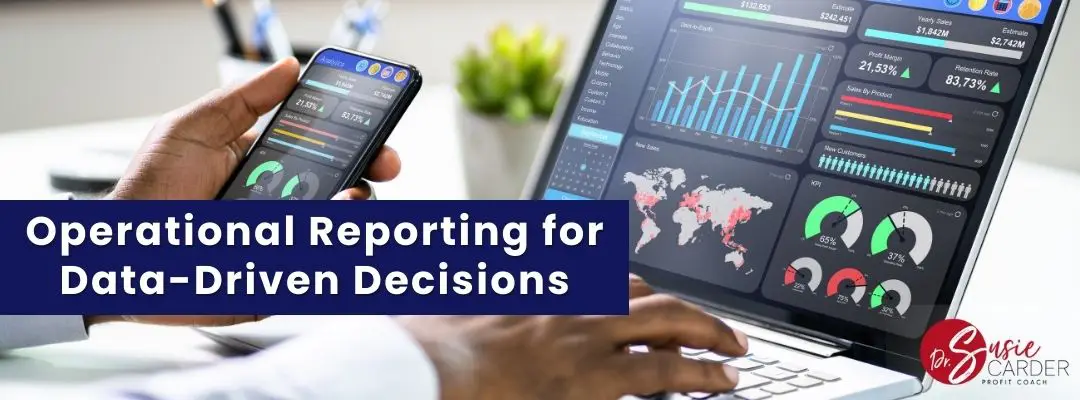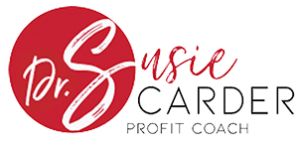The business operations must always be defined and detailed in the operating plan. Just always remember that it is the essential function of an organization. When it comes to presenting a business plan, defining operations management strategies and tools and the targeted profit margin is even more important. Business operations and growth usually depend on up-to-date and accurate information in the plan.
Business Operations and Their Relationship to Business Plan Created
The business operations typically include the facilities, physical location, inventory, equipment, warehousing, management information systems and the people. They are simply everything that is needed for the successful business operations.
Understanding and managing the business operations is the key essential to operating a successful business. It is therefore essential to highlight the business strategies and operations in the outline. The strategies will often include a lean approach to the operations. This may also focus even more on consistent improvement or improvement in high-tech tools or equipments.
Definition of Operations Management
Detailing what is needed from the operations is helpful especially when achieving the overall business objectives. The business must also be entirely focused on the daily events necessary to manage the business and for it to keep on going.
The cost and the facilities and equipment management, the cost and maintenance management, labor force and the budget for every operations line items and the planned profit margin for every product are all included in the operations management.
It must always be remembered that it is the operating function that is the central part of the business. It is essential to manage it the effective way possible while still integrating the business functions into the planning.
Business Operations Techniques and Tools to Consider
- Indicate the operating hours that include the shifts, days of the week of open and more. The address of the location must also be fully indicated.
- Describe just how the service is offered or how the product is made.
- Detail the daily operations and include all the services and products you provide.
- Provide the information on the average time of production from estimate or quote to shipped order.
- Detail seasonality that demands peak service, peak staff and peak performance.
- Detail the inventory requirements and the way to manage and keep track of the inventory system or method.
- Provide the information on the service cost or the cost to produce.
- Identify the requirements for labor force, including the projected based and actual based on sales projections. Include the development and training required to be able to meet the demands for operations.
- Identify the challenges usually encountered in the business. This will help overcome the expenses and costs linked to all those challenges.
- Identify the regulations and standards and the ways to meet them (environmental, safety, competition and more).
- Identify all your suppliers and the products they supply. Identify the pricing and the invoice amounts and terms and conditions.
- Identify the quality standards and how your business does against the standards.
Making sure that you include production or operation constraints as part of the planning process is essential. Even understanding just how slow the process is will help manage all those constraints. For instance, if you have an issue on workflow, analyze the issue through the use of DMAIC (define, measure, analyze, improve and then control).
Right after developing your business operations plan, monitoring the results to the forecasted on an annual and monthly basis is helpful. Observe how the business operates as compared to the previous plan you have.
Use this as a checklist. Leave a comment below if there any key elements that you see you’ve overlooked while creating your Operations Plan.





